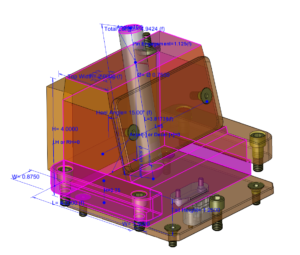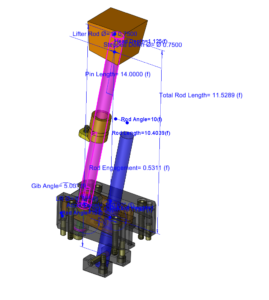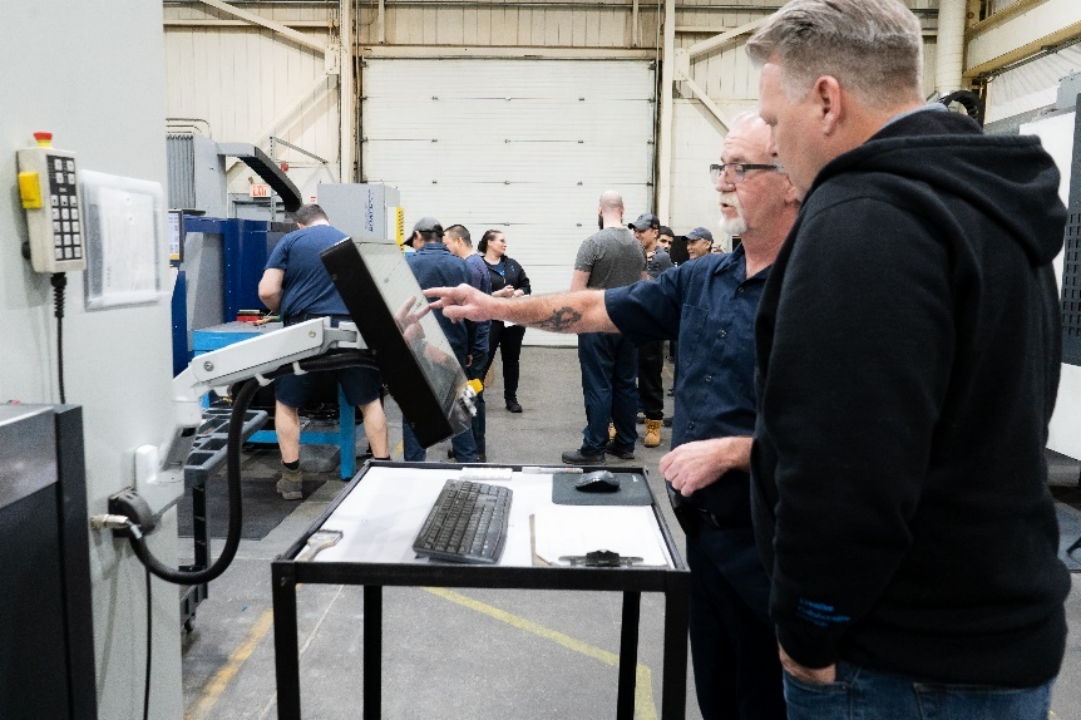Parametric modeling is a CAD/CAM modeling approach that allows the creation of 3D models based on a set of parameters or dimensions. It involves the use of relationships between different elements of a model, such as dimensions, angles, and shapes, to define the model’s design and behavior.
In parametric modeling, the model’s geometry is created using a set of equations or formulas that define the relationship between the different parameters. For example, the length of a part may be defined by a parameter called “Length,” which is used in an equation to create the part’s geometry.
Example of slide in parametric form

The advantage of parametric modeling is that it allows for greater flexibility and control over the design process. Changes to a parameter will automatically update the geometry of the model, making it easier to make modifications to a design without having to recreate the entire model. This can save time and reduce errors in the design process.
Example of a lifter in parametric form

Parametric modeling can also be used to create families of parts or components with similar designs but different dimensions. For example, a parametric model of a gear may be used to create a family of gears with different sizes and numbers of teeth. By changing the parameters, the geometry of the gear can be automatically updated, creating a new part in the family.
In CAD/CAM systems, parametric modeling is often used in conjunction with other modeling approaches, such as direct modeling and freeform modeling. Together, these approaches allow designers and engineers to create complex and highly detailed 3D models, as well as simulate the behavior and performance of the final product.
Circle 5 utilizes parametric models in our design. Let us incorporate your mold design standard to quickly generate designs to your specifications.
Circle 5 is always looking for capable and collaborative people to join our growing team. Follow the link to see a list of available opportunities.




